I sat in the auditorium at my second Edcamp*, Edcamp Chicago. Excitement filled me. Excitement for the amazing stories I would hear, the new educators I would meet and the new innovative, outside the box ideas I would learn filled me! The moderators took the microphones, welcomed us and shared the foundation of Edcamps (the part that really makes them awesome)**
Educators began coming to the front, writing their session ideas on neon notecards, stepping up to the microphone to share their idea and have it added to the grid. Ideas, strategies, techniques filled the session grids. I began to decide which ones I wanted to go to. I had the link to the grid, the room number of the first session I was going to and I was excitement and ready to start!!!
Up first….Flipped Classroom session.
I found my spot at a table in the Science lab classroom that would house this session. People came in and found their spots too. I found a plug…because duh! I forgot to charge up before coming to a tech conference. The room filled up. When the clock clicked to the start time of this session, someone spoke up and decided that we should all introduce ourselves.
“Huh… Not something we usually do at these things,” I thought to myself and shrugged “but ok?!”
People to the left of me took turns telling us their names and what they taught. I took my turn and my friend took hers too. Next it was time for the front of the room to introduce themselves. Three teachers sitting at a front table took turns introducing themselves. Each of them introducing themselves as teachers in the dual language*** program at one of area elementary schools.
“How exciting,” I thought “Someone from my daughters school district!”
“They’re from my daughters district,” I whisper to my friend ” This is awesome. They are so behind in technology at my daughter’s school. I’m so happy they’re here!”
They finished their introductions with we have no technology in our classrooms.
A huge sighed of sadness and an aw of surprise that this serious lack of technology even exists filled the room.
Introductions finished and we were finally ready to start talking Flipped Classrooms.
I pulled my laptop (my district issued laptop) in front of me and opened it up. I looked up to see the teachers from my daughters district pull out a pen and paper. My heart sank.
Each of us took turns sharing about what were doing to flip our classrooms and asking questions.
Every few minutes I would look up to watch the teachers from my daughter’s district. With each piece of information, how I do this, this is what I do in my class the shoulders of the teachers from my daughter’s district sank a little deeper. Half-way into the session they stood up and walked out. Watching them leave my heart sank even deeper and I felt sadness for those educators who had given up their Saturday to learn, to be filled up by information and ideas they could bring to their classroom, who now felt they could not get anything from this session… and left.
Lunch came and the teachers from my daughter’s district were still on my mind. Between bites my friends and I shared all the technology and educational awesomeness we had learned. Looking away from the table two of the teachers from my daughter’s district caught my eye. They were talking, pointing to the door and motioning like they were going to leave.
“Wait! It’s only lunch,” I thought “They can’t leave!”
Their faces dropped as they spoke to each other. Their sadness for not being able to take anything away from this conference, not belonging here, not being worthy of being here radiated off of them. Suddenly I was filled me with sadness and a deep feeling of never wanting an educator who makes these efforts to feel this way!
I had to do something.
I stood up and walk over to them. I introduce myself to them and told them what I heard in the flipped classroom session. I told them what I saw in their faces. I needed for them to leave as filled up as I was going to, even if it wasn’t the same way. So I told them about my daughters. I shared with them how amazing I thought the dual language program is. I told them how innovative the program (that both my daughters are in) is. What a phenomenal impact it is having on our family and my daughter’s learning. What an amazing, forward thinking program it is and how much it is impacting the learners my children are becoming. I asked them again about their technology access, just to check one more time, to verify their lack of any (I was really in disbelief. It couldn’t be true). They smiled and shared with me they were excited to be getting a Pevo like camera.
“Whoopydoo,” I thought “A glorified overhead projector. That’s not technology”
We said our goodbyes and I went and sat back down at my table. The rest of the afternoon and everyday since I have thought of those teachers. I think about them every time we use technology in my classroom. I think of them everyday when I look at my daughters. I am filled with disbelief and wonder about how a district so amazing they can implement a dual language program can not match this type of forward thinking with technology resources in every classroom…every school!
I can not help but feel I must do something. I must do something to change this!
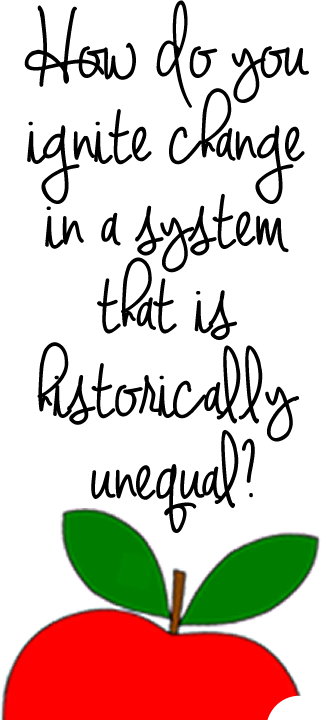
*An edcamp is a user-generated conference also known as an “unconference”. Edcamps are designed to be participant driven and professional development for K-12 educators. Their primary focus is on technology and computers.
**Edcamp Rules: 1) There are No Rules: we decide what we want to learn that day. We decide what the sessions will be. 2) Vote with Your Feet: you decide what sessions you want to attend and if a session isn’t meeting your needs get up and walk to a different one.
****My oldest (now in 2nd grade) has been in Dual Language Spanish/English class since kindergarten. Dual language classrooms were designed to immerse native english speakers and spanish speaking children in classes (my daughters both started in kindergarten) where instruction is given in 80% Spanish and 20% English (with percentages varying as they get older). The idea is that the native English speakers will develop their English skills while learning Spanish. Essentially they become fluent speakers and readers of both languages by 5th grade and the native spanish speakers will become fluent speakers and readers of both languages as well. I could write an entire post on the awesomeness that is Dual Language and my personal views about why the heck the entire country isn’t doing it, but that is for a different day.
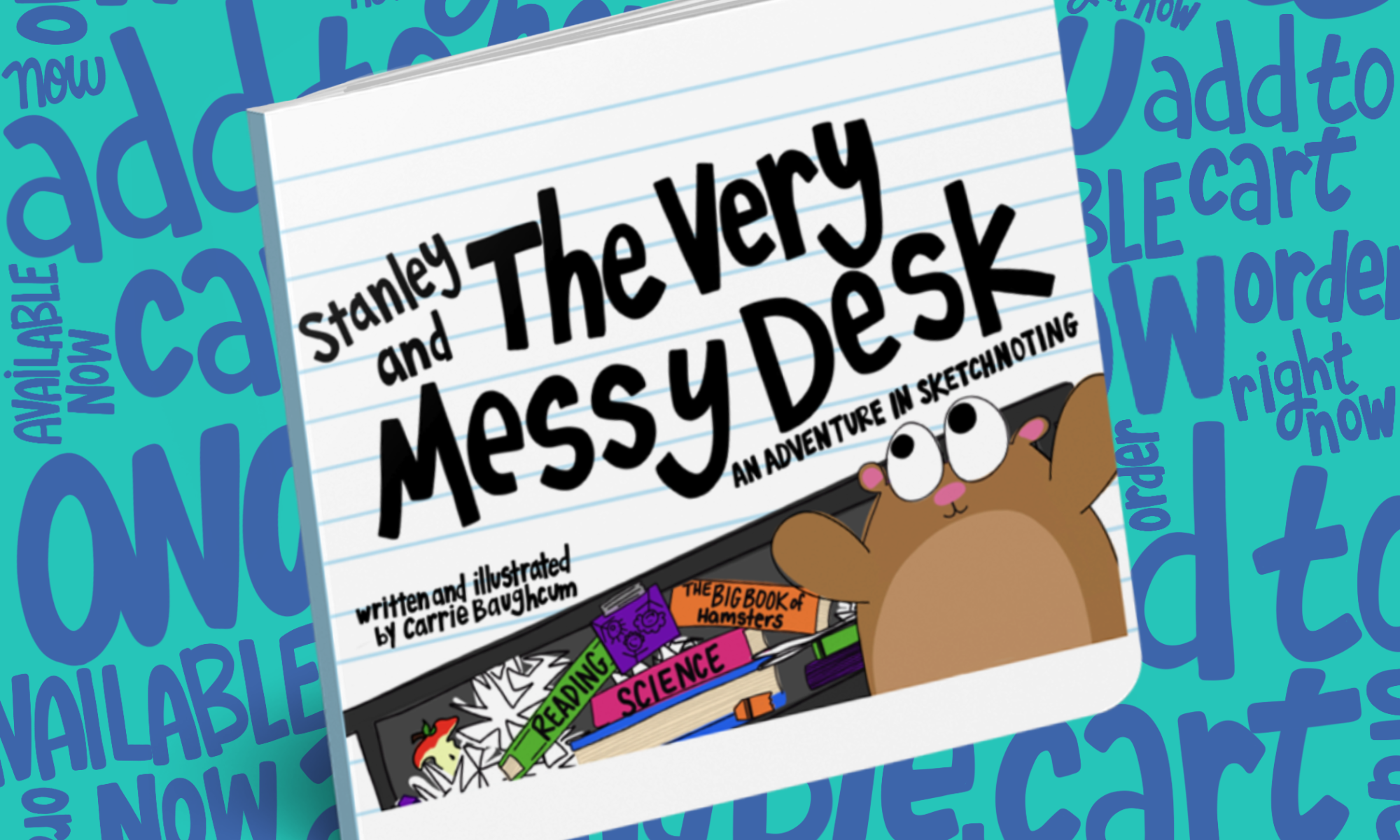
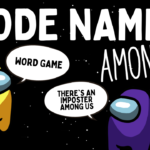
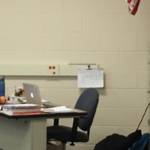
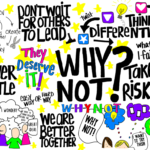

I really like it whedn individuals come together and
share views. Great website, stick with it!
Example recently posted..Example